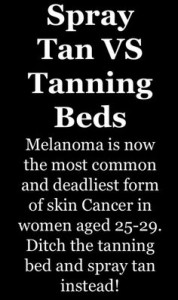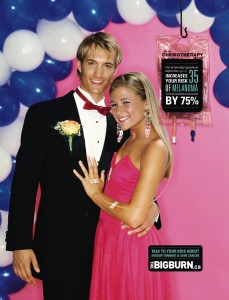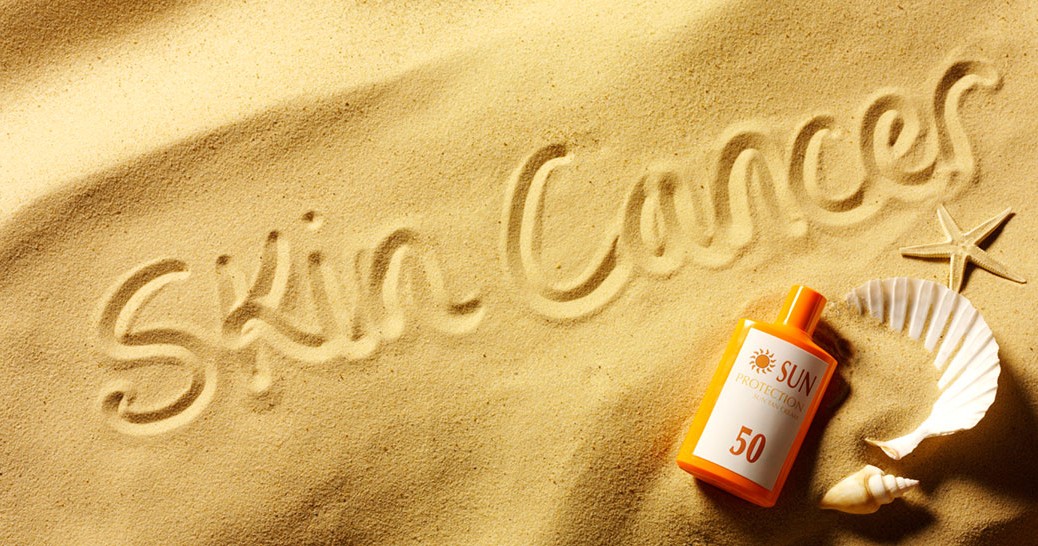Many teens and twenty-somethings want that bronzed glow all year ’round, and when they can’t tan outdoors, millions use tanning beds to get it. Every year, nearly 2.3 million teenagers in the US tan indoors annually, and with prom season right around the corner, the temptation to tan is even greater. But with the big night fast approaching, new research has found that the use of sunbeds during a person’s teens and twenties is linked to an increase in melanoma risk, the deadliest form of skin cancer. People that have ever used tanning beds have a 15 percent higher risk of developing melanoma. More alarming still, based on 7 worldwide studies, people who first use a tanning bed before age 35 increase their risk for melanoma by 75 percent.
The International Agency for Research on Cancer (IARC) conducted a thorough review of several studies associating tanning bed use and melanoma risk. The researchers showed that the use of sunbeds under the age of 35 can increase melanoma risk by 75 percent. “This new research substantiates what we’ve believed for years about the danger of indoor tanning,” said Perry Robins, MD, President of The Skin Cancer Foundation. “It clearly increases the risk of skin cancer, especially in young women, who are the biggest users. Perhaps people will finally start to listen now that this study and other recent research provides some science to back up the belief.”
If the threat of melanoma isn’t enough to scare teens away from tanning booths, they should know that 90 percent of visible skin changes commonly attributed to aging are caused by exposure to ultraviolet radiation. UV tanning accelerates the signs of aging, including wrinkles, leathering and fine lines, which can be seen as early as in one’s 20’s. Yet many teens will still desire a bronzed glow for prom. One safe alternative is sunless spray tanning.
Spray Tanning deliver a perfectly safe tan that typically lasts for 5-7 days. Unlike tanning beds, they don’t involve dangerous ultraviolet rays, they are made with completely harmless common ingredients.



